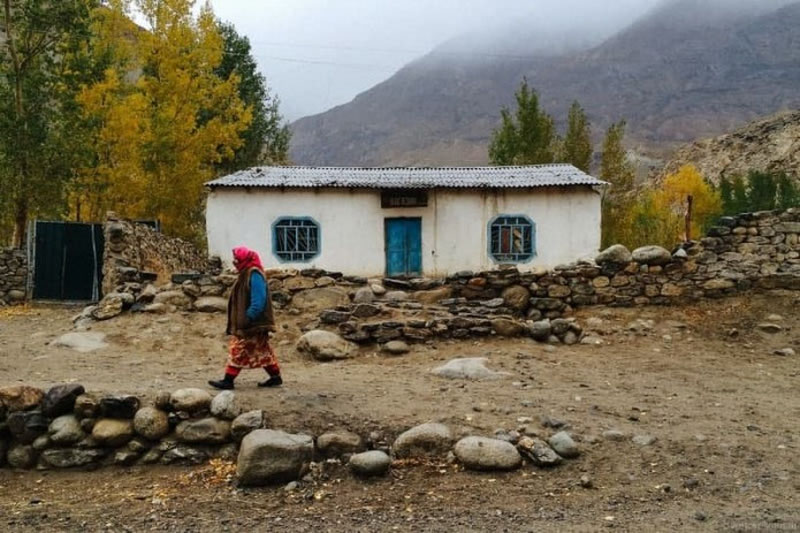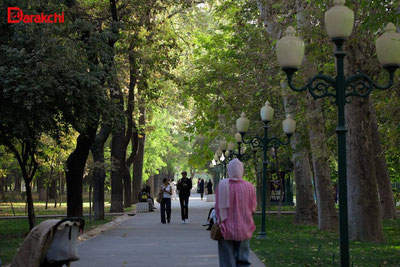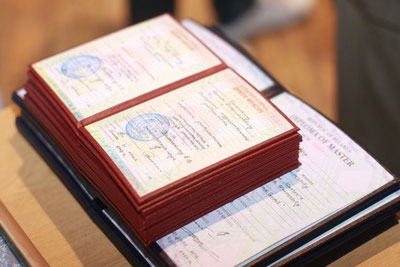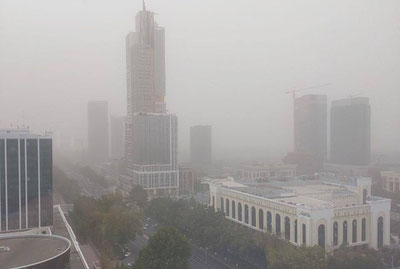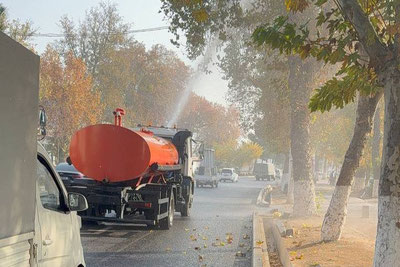In Uzbekistan, by the end of 2024, the poverty level was determined based on international standards. here.
According to this, in 2024, the poverty rate in Uzbekistan decreased from 11 percent to 8.9 percent (a reduction of 3.3 million people, or 719 thousand less compared to 2023).
This result was determined based on studies conducted in collaboration with the World Bank.
The highest reductions in the poverty level:
In the Bukhara region - from 11.8 percent to 8.7 percent;
In the Samarkand region - from 10.5 percent to 7.5 percent;
In the Namangan region - from 10.4 percent to 7.6 percent;
In the Republic of Karakalpakstan - from 13.6 percent to 10.8 percent was recorded.
In 2024, measures taken to ensure employment, attract entrepreneurship, and increase the efficiency of using the land allocated for personal subsidiary farming and agriculture contributed significantly to reducing the poverty level in the country.
As a result, in 2024, the real income of the population increased by 10.7 percent, averaging 2.1 million som per person per month (at the beginning of the year – 1.7 million som).
Specifically, the composition of the population's income included:
- wages – 42.6 percent (in 2023 – 41.9 percent);
- income from entrepreneurship – 22.9 percent (21.4 percent);
- pensions, social assistance, and subsidies – 18.2 percent (18.9 percent);
- incomes from agriculture and personal subsidiary plots – 10.7 percent (9.8 percent);
- remittances from abroad – 2.0 percent (3.1 percent);
- other incomes – 3.6 percent (4.9 percent).
The population's income from wages increased by 12.9 percent compared to 2023.
